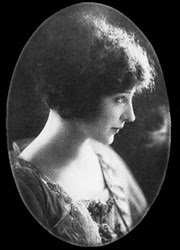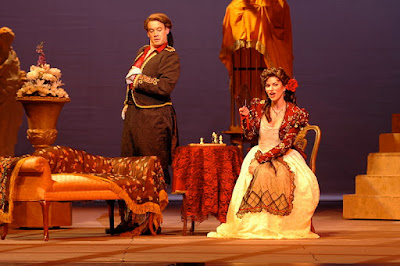- The Tooth Fairy as a character is a relatively new idea. The first mention of a tooth fairy occurred in the Chicago Daily Tribune in 1908. A reader called Lillian Brown wrote in with a helpful hint for parents: "Many a refractory child will allow a loose tooth to be removed if he knows about the tooth fairy. If he takes his little tooth and puts it under the pillow when he goes to bed the tooth fairy will come in the night and take it away, and in its place will leave some little gift."
- In Europe in the Middle Ages, customs surrounding lost baby teeth were quite different. Back then, the thing to do with a lost tooth was to burn it, because if they didn't, the child would spend the whole of eternity looking for it in the afterlife. They also believed back then that if a Witch got hold of a tooth, they would have power over the child. 13th century Muslim children would throw their teeth up into the sky and pray for a better tooth to replace it, while in Scandinavia, the idea of money for teeth had already established itself, although parents would pay the "tooth fee" to the child rather than a fairy. Vikings had a use for the teeth. They made them into necklaces to wear in battle as lucky talismans.
- The Tooth Fairy collects about 300,000 teeth from children all over the world every night. So what does she do with them? According to folklore, the teeth are used for buildings and jewellery in fairyland.
- And the going rate for teeth? It depends, not surprisingly, on how well off the family is, but a survey in 2013 found that the going rate in America was an average of $3.70 per tooth. Insurance group Delta Dental have also made studies of this and found that Tooth Fairy gifts also fluctuate with the stock market. Also, children in the north east of the USA get more generous gifts from the Tooth Fairy than kids in the south west.
- What does the Tooth Fairy look like? There's no consensus, like there is for Santa Claus. A 1984 survey on what people thought the Tooth Fairy looked like found that 74% thought it was female, while 12% thought it was neither male nor female, or could be either. Some less conventional answers to the question included a Bear, a Bat, a Dragon, or even "a potbellied, cigar smoking, jeans clad tiny flying male." In books, the Tooth Fairy can be anything from a pixie or child with wings to a slightly older maternal figure, a dental hygienist or a dragon. Films have presented us with even more variations such as a muscular man, played by former wrestler Dwayne "The Rock" Johnson.
- In parts of Europe, the Tooth Fairy is a mouse. In France and Belgium, La Petite Souris ("the little mouse") comes for the teeth and it is customary to leave out a piece of Cheese along with the tooth. In Italy and Spain, they also have a mouse, known as Topolino and Ratoncito Pérez respectively. In the Basque Country there's yet another variation, called Mari Teilatukoa (Mary from the roof). There, children don't put their teeth under their pillows, but lob them onto the roof of their house for Mary to collect.
- In the 1970s, there was a "Tooth Fairy Consultant." Her name was Rosemary Wells, and she carried out extensive studies into the origins of the Tooth Fairy and traditions associated with her/him/it. She wrote any number of articles on the subject and even appeared on the Oprah Winfrey Show. During the course of her research, she collected piles of memorabilia, and in 1993 she opened a Tooth Fairy Museum in her home, which became a popular destination for school outings. The museum closed, however, after she died in 2000.
- Another scientist called Dr. Harriet Hall coined the term "Tooth Fairy Science" to describe perfectly designed scientific experiments and studies into things that don't really exist. Hall was extremely skeptical about alternative medicine, and used the term to describe studies about that.
- The Tooth Fairy is commonly used as a means to bribe small children into looking after their teeth. Children are told that clean, brushed teeth with no decay will bring a better reward from the Tooth Fairy. In Scandinavia, though, there's a stick rather than a carrot - there, there is a "tooth troll" which comes for children who don’t brush their teeth.
- The Tooth Fairy even appears on coins. In 2011 and 2012, the Royal Canadian Mint issued Tooth Fairy quarters.
I write fiction, too! My characters include some British superheroes and a psychic detective. You never know, your new favourite could be here! You won't know unless you look...
Browse other topics I've covered in this blog - HERE.
Like my Facebook page for news of Topical Ten posts, posts on my writing blog, and news of upcoming publications. |









